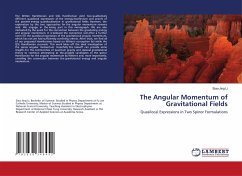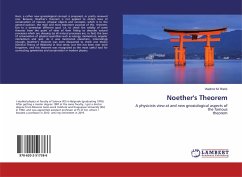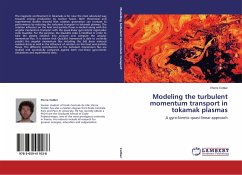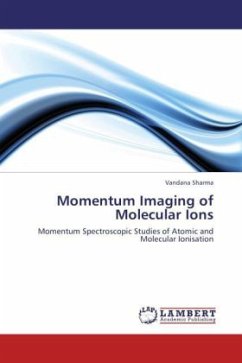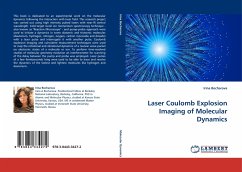An underlying goal of studying atomic or molecular dynamics with short laser pulses is to reach a time scale short enough to study the evolution of the system in the time domain. Most of the structures observed in the momentum spectra of atomic and molecular targets can be explained as due to above-threshold ionization, and Freeman resonances. The most significant structure in our observed spectra is the angular structure in the lowest part of the momentum image, and this is attributed to the diffraction pattern evolved by tunneling electrons. Surprisingly, we observed that the structure produced by the electrons from high Rydberg states is independent of the internal structure of the target atom and molecules. The same work is extended to aligned molecules. The basic idea of this part of the work is to see whether the angular distribution of electrons from aligned molecules resembles the orbital structures of the molecules. The rotational revival structure was used to align the molecules. The last part of this work mainly focuses on double ionization, i.e. the removal of two electrons from the target atoms sequentially by a short laser pulse.
Bitte wählen Sie Ihr Anliegen aus.
Rechnungen
Retourenschein anfordern
Bestellstatus
Storno




